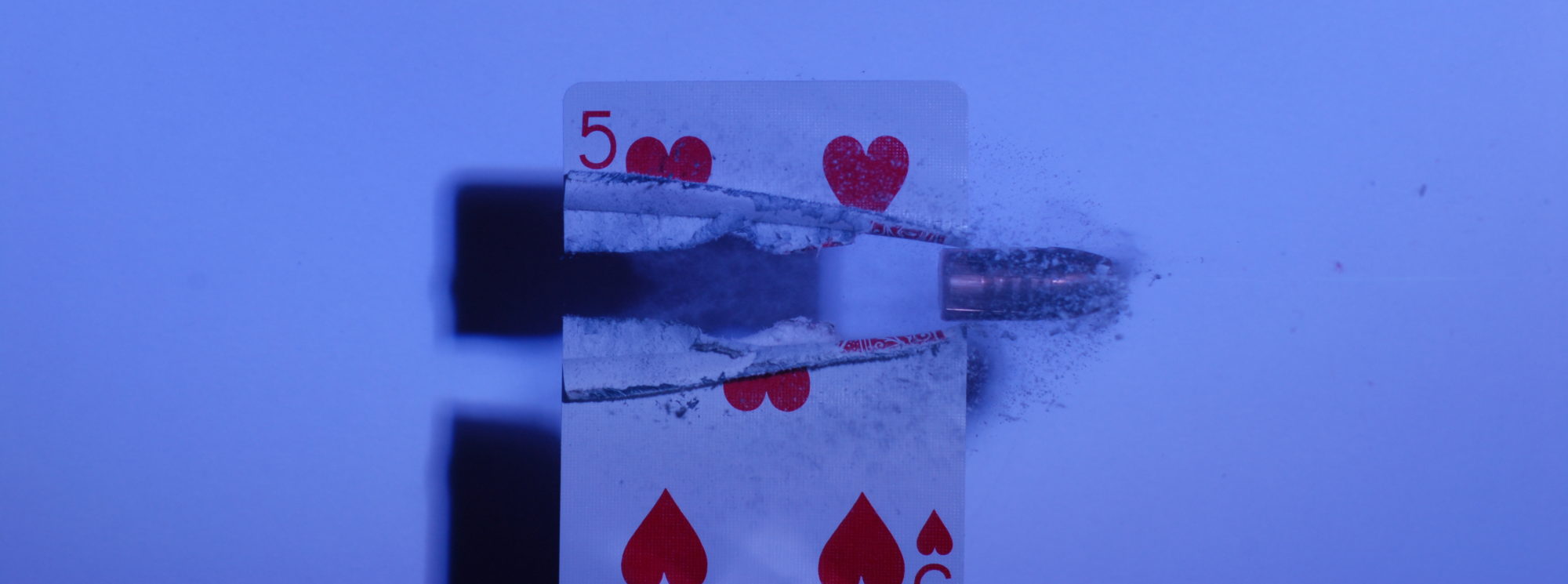The title of the write up kind of says it all. We venture to make our own lube instead of purchasing it from the store. To be clear, unless you make a bunch of it, and go in with your buddies on it, it’s likely not to save any money. However it does make a lot and you are likely not going to need to purchase lube any time soon.
The Recipe
The recipe I used was a modification of one that I found online. The intent of the lube is to provide a thin, even coat of lubricant on the outside of the case or shell that is easy to remove. This isn’t a dry lubricant per say, but it is more a general purpose bullet sizing, and case sizing lubricant.

We used 1 part lanolin, 1 part castor oil, and 10 parts isopropyl alcohol. This is where I should warn you I made a bit of a mistake. Most recipes are 1:6 ratio of lanolin to alcohol. I knew my intent was really go easy on the lube. I really wanted to thin it out so I was putting minimal amount of lube on the bullets, so it made it all the more easier to clean it off. So I thought I would be clever and do a 1:10 part mix. Some of you might have seen my error. I should have used 20 parts alcohol instead of 10 parts. This has resulted in an overall lube concentration of 1:5 which is stronger then some of the recipes have indicated.
While it is an error, it is also a fixable one. We can dilute it down in the future, and I have more isoproyl alcohol on the way to do just that.

I added the castor oil for two reasons, the first being, I had it on hand. The second was that it’s a main ingredient in Corbin’s Bullet Swage Lube. I figured there might be a reason why he uses Castor Oil and Lanolin, perhaps it’s simply to thin out the lanolin, or perhaps the two oils together contribute to the lubricity of the mix. Either way, I had some on hand and decided to include it in the mix. Plus this mix makes it somewhat uniquely mine, and not just a carbon copy of what others have done, for better or for worse.
Mixing it Up
I do have access to a small lab, with a hot plate and some limited glassware. I decided to make use of it.

I first mixed the two lubricants, this was a complete 50/50 mix. 70ml of Castor oil and 70ml of Lanolin. The two oils have different densities and required some mixing.

To aid in mixing the alcohol was heated on a hot plate to ~115 degrees. It should go without saying that if you do this at home, don’t do it on a kitchen stove, or any place where the alcohol could spill and catch fire. Also, be careful you don’t heat the alcohol up to the point where it’s fuming. We just want it warm enough to aid in dissolving the oil.

Our lubricant poured in and pretty readily dissolved in the alcohol. Stirring the mixture helped, but for the most part, things combined on their own without much help from me.

Once I was satisfied with the solution, I poured it into a spray bottle.
The Results
I tested the spray on the counter. I wanted to see how much lube was actually deposited on the counter, and then how sticky it would be.

The thin layer of lubricant left over was indeed thin. I could feel it, and it made a difference on the counter top. It also doesn’t wipe off particularly easily, but it can be thinned out to where it’s almost gone. It wasn’t tacky like a Lee Alox lube would be, or even the Lyman case lube. It was just a thin layer of lubricant. It was around this time I realized my mistake in ratios.
In order to use this lube on our hi-tek coated cast bullets we dropped a few of them in a container and sprayed a bit of the lube on the bullets. We then shook the container a bit in an attempt to apply the coating evenly as the alcohol flashed off. This happened pretty darn quickly. Once the alcohol flashed off the bullet didn’t feel much different to handle, which is what we want. We want a very thin layer of lubricant.

Now the die we used was a Lee die that we’d polished. We tried the bullets without lube and found that polishing reduced the force needed for sizing alot but not enough to prevent defects on the base of the bullet. When the lube was applied, the force needed to size was reduced considerably, it made a night an day difference.


As mentioned previously we want to cut the mix from a 1:5 ratio down to a 1:10 ratio. This means diluting the mix down with more isopropyl alcohol. Hopefully we can get the same results, with even less lube. The purpose of this is to reduce the residue lubricant which will reduce how “Sticky” the bullets are. Dry bullets are less prone to picking up dirt, and are more pleasent to handle generally. We are going to give that a try and post the results shortly.
